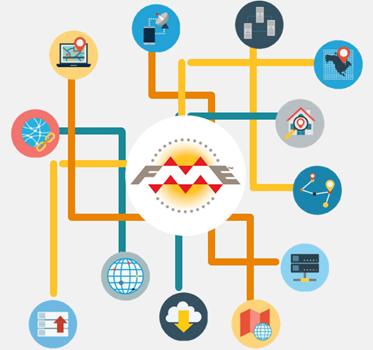FME Workflows
30 minutes
Learning Objectives
After completing this unit, you will be able to:
- Understand how data flows through a workspace.
- Create a workspace with multiple formats.
- Create a workspace with multiple feature types.
- Use partial runs to debug your workspace.
- Employ basic best practice techniques (bookmarks and annotations) in building your workspaces.
Workflows
A basic workspace in FME is constructed and laid out strictly to the concept of ETL: Extract-Transform-Load.
However, there are multiple other methods for constructing more advanced workspaces and for directing the flow of data through a workspace in unique ways.
Some example uses for these techniques might be:
- To branch your data into multiple streams
- To design large-scale workspaces a small section at a time
- To read data from multiple formats within a single workspace
- To carry out actions after a dataset is written
- To use data stored on web services
- To test run individual parts of a workspace
In this unit we will cover some of these different FME workflows, illustrating the flexibility of FME for data transformation.
